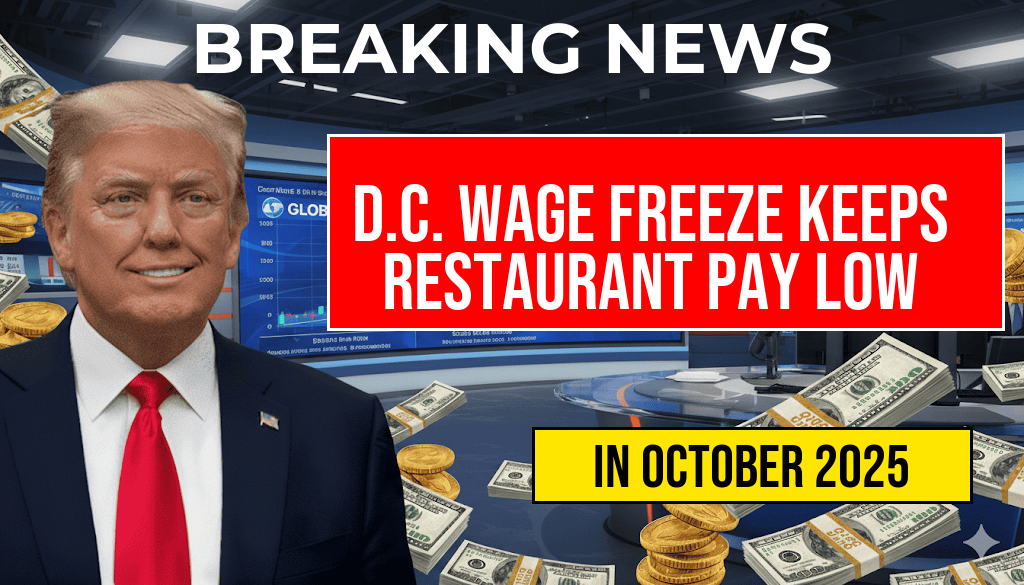A recent initiative aims to protect the $994 SNAP benefits designated for a family of four, especially in light of potential disruptions to the Electronic Benefits Transfer (EBT) system. As concerns rise over possible system outages and delays, local authorities have implemented a meal planning strategy to ensure that families can maximize their benefits and maintain food security. This proactive approach is seen as a vital response to growing uncertainty regarding the reliability of the EBT system, which provides essential food assistance to millions of Americans. The new meal plan emphasizes nutrition and sustainability, ensuring that recipients can make the most of their resources while navigating any potential disruptions.
Understanding SNAP and EBT
The Supplemental Nutrition Assistance Program (SNAP) is a federal program aimed at alleviating hunger and improving nutrition among low-income households. Beneficiaries receive funds through an EBT card, which can be used to purchase food items from authorized retailers. However, technical glitches or administrative changes can sometimes disrupt access to these benefits. Recent discussions among policymakers have centered around how to better manage these disruptions and support families relying on SNAP.
Meal Planning as a Solution
To alleviate concerns regarding potential EBT disruptions, local agencies have rolled out a comprehensive meal planning initiative. This program focuses on helping families make informed decisions about their food purchases and meal preparations. Key components of this initiative include:
- Educational Workshops: Families are invited to participate in workshops that teach budgeting skills and meal prep techniques.
- Resource Guides: Informational guides are provided, detailing how to create balanced meals using SNAP benefits.
- Community Partnerships: Local food banks and nutritionists are collaborating to offer support and resources to families in need.
Financial Implications of EBT Disruptions
The potential for EBT disruptions raises significant financial concerns for families who depend on SNAP benefits. According to the U.S. Department of Agriculture, over 41 million individuals relied on SNAP in 2022, highlighting the program’s crucial role in food security. Disruptions can lead to increased stress and uncertainty for households already facing financial difficulties.
Community Response and Engagement
Community organizations are stepping up to address the challenges posed by potential EBT interruptions. Through outreach programs, they aim to engage families in discussions about food security and resource management. Many communities are also encouraging families to stock up on non-perishable items and develop emergency meal plans that can be executed without immediate access to EBT funds.
Long-Term Strategies for Food Security
As the conversation surrounding EBT disruptions continues, experts advocate for long-term strategies that address the underlying issues affecting food security. Some suggested measures include:
- Policy Reforms: Advocates are calling for policy changes to improve the reliability of EBT systems and enhance support for SNAP beneficiaries.
- Increased Funding: Ensuring adequate funding for SNAP can help mitigate the effects of potential disruptions and expand access to food assistance.
- Public Awareness Campaigns: Initiatives aimed at educating the public about available resources can empower families to navigate challenges more effectively.
Looking Ahead
With the ongoing discussions about SNAP and EBT’s future, it is crucial to monitor how these changes will impact food security for low-income households. The meal planning initiative serves as a model for potential solutions, emphasizing the need for community support and proactive measures. As families adapt to these challenges, the importance of collaboration between government agencies, nonprofit organizations, and local communities has never been clearer.
| Year | Number of Recipients (Millions) | Average Monthly Benefit ($) |
|---|---|---|
| 2020 | 42.0 | 255 |
| 2021 | 41.5 | 234 |
| 2022 | 41.2 | 250 |
As the landscape of food assistance continues to evolve, staying informed and engaged will be essential for families relying on these vital resources. For more information on SNAP and its impact, visit the USDA SNAP page.
Frequently Asked Questions
What are the main features of the new meal plan safeguards for SNAP benefits?
The new meal plan safeguards aim to protect $994 in SNAP benefits for families of four, ensuring that they have access to essential food resources amid potential EBT disruptions.
Why are EBT disruptions a concern for SNAP beneficiaries?
EBT disruptions can lead to delays or interruptions in accessing funds, which can severely impact the ability of SNAP beneficiaries to purchase necessary food items. The new safeguards are designed to mitigate these risks.
How do the meal plan safeguards work?
The meal plan safeguards provide a structured approach to food budgeting, allowing beneficiaries to allocate their SNAP benefits effectively. This includes strategies for meal preparation and shopping that can help stretch their benefits further.
Who is eligible for the meal plan safeguards?
The meal plan safeguards are primarily designed for families receiving SNAP benefits, particularly those who may be facing potential EBT disruptions. Eligibility typically includes households with a gross income below a certain threshold.
Where can beneficiaries find more information about the meal plan safeguards?
Beneficiaries can find more information about the meal plan safeguards through their local SNAP offices or official government websites that provide resources and support for SNAP participants.






